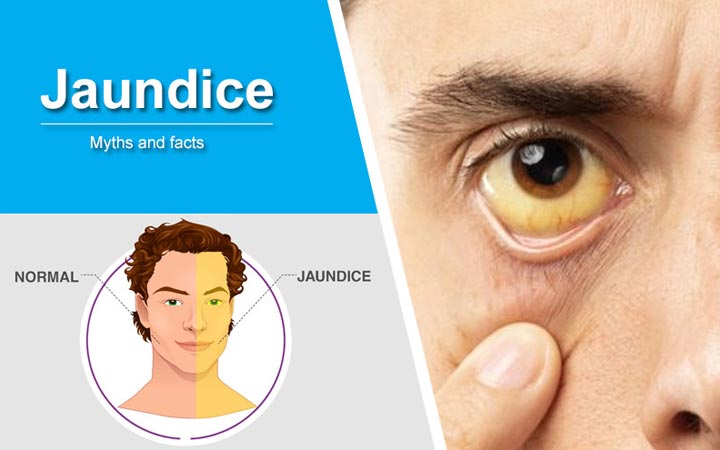Gall stones occur when bile, which is normally fluid, forms stones in your gallbladder. This is the organ that sits beneath the liver. Most commonly, gallstones contain lumps of fatty (cholesterol-like) material that has solidified and hardened. Sometimes bile pigments or calcium deposits form gallstones. Sometimes just a few small stones are formed; sometimes a great many. Occasionally, just one large stone is formed.
About one in three women and one in six men form gallstones at some stage in their lives. Gallstones become more common with increasing age. The risk of gallstones forming increases with:
- Pregnancy
- Obesity
- Diabetes
- Smoking
- Rapid weight loss
- Having a close relative with gallstones
- Taking certain medicines such as the contraceptive pill
- Eating a generally unhealthy diet, particularly a diet which is high in fat
You can reduce your risk of developing gallstones by:
Eating vegetable protein – for example, beans and pulses.
- Increasing fibre intake
- Eating nuts
- Increasing dietary calcium
- Increasing vitamin C intake
- Drinking coffee
- Drinking a moderate amount of alcohol.
The role of the gallbladder in digestion
The gallbladder plays a part in the digestion of food. It collects and stores bile, then releases the bile into the small intestine when food enters the small intestine from the stomach. This helps with the digestion of food because the gallbladder contains bile salts (and other substances) which break down fat. The bile duct which connects the gallbladder to the small intestine can become blocked by gallstones. This may cause symptoms such as pain, bloating, a feeling of sickness (nausea), and being sick (vomiting). The stone may cause a blockage and make it difficult for the bile to be released from the bile duct.
Dietary changes to help with symptoms of gallstones
There is no specific diet for treating symptoms of, or to prevent, gallstones. Most people with gallstones will have surgery to remove the gallbladder in an operation called a cholecystectomy. However, eating a low-fat diet is likely to reduce symptoms while you are waiting for the operation, as the gallbladder will not be stimulated to release bile into the small intestine. If you find that any particular foods trigger the onset of the pain then try to avoid eating those foods until you have had your gallbladder removed. Once you have had the operation there is no need to follow any particular diet, although of course it is always a good idea to eat as healthily as possible. If you are overweight, attaining a healthy weight will be beneficial. However, it is important to do this gradually, as rapid weight loss has been associated with the development of gallstones. A safe weight loss of 1-2 lbs (0.5 to 1 kg) per week is recommended
A healthy balanced diet consists of:
Plenty of fruit and vegetables. Aim to have at least five portions each day
- Plenty of starchy carbohydrates. Examples include bread, rice, cereals, pasta, potatoes, chapattis, and plantain. Choose wholegrain varieties where possible
- Some milk and dairy products (2-3 portions per day). Choose low-fat dairy products
- Some meat, fish, eggs, and alternatives such as beans and pulses
- Limited amounts of foods high in fats and sugars
- Limit saturated fat that is found in animal products, such as butter, ghee, cheese, meat, cakes, biscuits, and pastries. Replace these with unsaturated fats found in non-animal products, such as sunflower, rapeseed and olive oil, avocados, nuts, and seeds. But remember that unsaturated fats can also trigger gallstone pain
- Make sure your diet is high in fiber. This can be found in beans, pulses, fruit and vegetables, oats, and wholegrain products, such as bread, pasta, and rice
- Drink plenty of fluid – at least two liters daily, such as water or herbal teas
Try not to eat too much fat at one mealtime. It might be helpful to have smaller, more frequent meals. Some people find that specific foods are the triggers for symptoms. Keep a food and symptom diary to identify trigger foods. Avoid these foods for a two-week trial period and note any improvements in symptoms.

 Book An Appointment
Book An Appointment